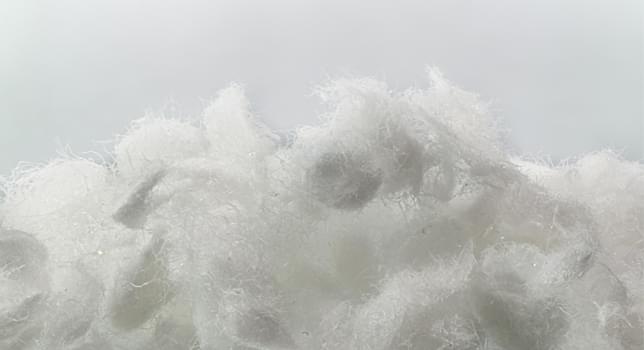
In 2017, global fluff pulp consumption was 5.8 million air-dried tonnes. This increased to 7.0 million air-dried tonnes in 2022. The annual growth rate from 2017 to 2022 was 3.8%. By 2027, global fluff pulp consumption is projected to reach 8.5 million air dried tonnes. The annual growth rate projection for 2022-27 is 4.1%.
Fluff pulp is a specialty wood pulp, primarily based on longer, coarser fibre softwood species and with the majority of production currently based in the southern US. In 2022, fluff pulp production capacity is estimated at around 8.0 million (air dried) tonnes. End-uses for fluff pulp centre on the absorbent core for hygiene products, including the large global diaper/nappies, feminine hygiene, and adult incontinence markets, as well as nonwovens.
This report examines all important commercial fluff pulp variants by species and process, as well as fluff pulp markets by region and end-use. Supply and demand, as well as pricing, is quantified and projected through 2027. The report also includes a review of major producers and their strategies.
Our exclusive content
This report is based on extensive primary and secondary research. Primary research consisted of targeted interviews with fluff pulp suppliers, converters and experts drawn from key markets. This was supported by secondary research in the form of extensive literature analysis of published data, official government statistics, domestic and international trade organisation data, company websites, industry reports, trade press articles, presentations, and attendance at trade events.
Who should buy the report?
Phil Mango has spent almost 40 years in the nonwovens industry. He has had varying positions and areas of expertise within the industry, from applications management for the global leader in nonwoven binders to technology director for the world’s largest airlaid producer, to founder, owner and head of operations for his own nonwovens company. He entered the consulting field in 2003 and has authored more than 35 reports for Smithers.
Fluff pulp is a specialty wood pulp, primarily based on longer, coarser fibre softwood species and with the majority of production currently based in the southern US. In 2022, fluff pulp production capacity is estimated at around 8.0 million (air dried) tonnes. End-uses for fluff pulp centre on the absorbent core for hygiene products, including the large global diaper/nappies, feminine hygiene, and adult incontinence markets, as well as nonwovens.
This report examines all important commercial fluff pulp variants by species and process, as well as fluff pulp markets by region and end-use. Supply and demand, as well as pricing, is quantified and projected through 2027. The report also includes a review of major producers and their strategies.
Our exclusive content
- An exploration of how the global megatrend towards reducing plastics is changing the fluff pulp usage in both nonwovens and other end-uses: these are forecast to grow at faster rates than hygiene end-uses
- The 2019 European Union’s Single-use Plastics Directive has accelerated the trend to reduce plastics use. Higher fluff pulp usage in nonwovens and other end-uses is forecast to continue through 2027 and beyond.
- The lack of large, new fluff pulp supply has led to tightening supply/demand ratios and increasing prices. This tightening in the supply/demand ratio is expected to continue through 2027, though prices are expected to moderate as transport costs return to a ‘new normal’
- The global drive to reduce or eliminate plastics has only increased demand for fluff pulp at the expense of plastic fibres and products.
This report is based on extensive primary and secondary research. Primary research consisted of targeted interviews with fluff pulp suppliers, converters and experts drawn from key markets. This was supported by secondary research in the form of extensive literature analysis of published data, official government statistics, domestic and international trade organisation data, company websites, industry reports, trade press articles, presentations, and attendance at trade events.
Who should buy the report?
- Pulp, paper and nonwoven suppliers
- Other raw material suppliers and producers
- Machinery and equipment suppliers
- Consumer hygiene product manufacturers
- Consumer and industrial wipes manufacturers
Phil Mango has spent almost 40 years in the nonwovens industry. He has had varying positions and areas of expertise within the industry, from applications management for the global leader in nonwoven binders to technology director for the world’s largest airlaid producer, to founder, owner and head of operations for his own nonwovens company. He entered the consulting field in 2003 and has authored more than 35 reports for Smithers.


